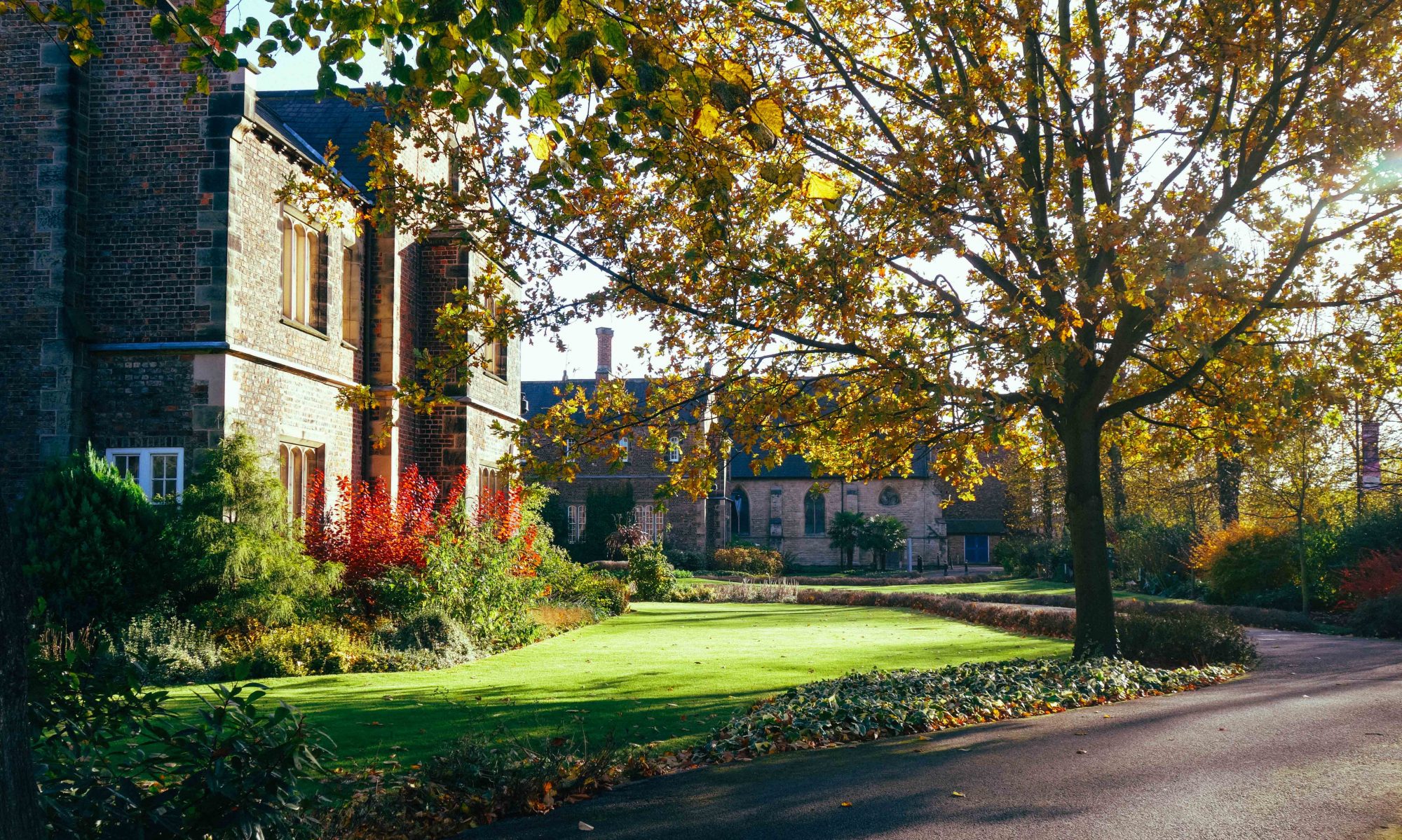 In a recent lecture and seminar for our module Revolution and Response, we discussed Mary Wollstonecraft’s text The Rights of Woman (1792). Two important points were raised to do with the context of this work; the first is that the concept of gender, as we understand it today, did not exist when Wollstonecraft was writing and the second being that feminism did not exist as a term then either. Wollstonecraft is considered by many to be the mother of feminism and even though the term did not exist during her time, her views on gender equality were pioneering. She discussed how women are satirised by male writers for being ignorant while these same men denied women access to education. Furthermore, she discusses how women are objectified and are led to believe that their only worth lies in their beauty and ability to please men.
In a recent lecture and seminar for our module Revolution and Response, we discussed Mary Wollstonecraft’s text The Rights of Woman (1792). Two important points were raised to do with the context of this work; the first is that the concept of gender, as we understand it today, did not exist when Wollstonecraft was writing and the second being that feminism did not exist as a term then either. Wollstonecraft is considered by many to be the mother of feminism and even though the term did not exist during her time, her views on gender equality were pioneering. She discussed how women are satirised by male writers for being ignorant while these same men denied women access to education. Furthermore, she discusses how women are objectified and are led to believe that their only worth lies in their beauty and ability to please men.
The debate surrounding Maggi Hambling’s “A Sculpture for Mary Wollstonecraft” [pictured] erected in London in November 2020 has become a focal point for discussing some of these issues. I must admit my first impression of the statue was ‘Why is she naked?’, but as I began to unpack these issues further, my perspective shifted.
Let’s start with the most obvious issue, why is she naked? Tracey King commented that the nakedness was the artist’s attempt at “trying to be edgy to provoke debate”. She argues that men have clothed statues that “focus…on their work and achievements” and that this statue is insulting to the many women sexually harassed in parks because their “bodies are considered public property” (BBC, 2020). I completely understand King’s view. Yes, on the surface it is insulting, however, when you begin to unpack the meaning further the statue begins to make sense and becomes rather brilliant. Wollstonecraft clearly advocated against women being viewed as objects and she pushed back against the patriarchal desire for the acceptable woman – a woman that conforms to the gender role society gave her. For this woman to be naked is to remind us that she isn’t free from our objectifying gaze. Furthermore, Maggi Hambling confirmed that she chose not to put clothes on the statue as clothes “define people” and confined them to their time period; by leaving the statue unclothed, the statue represents an “everywoman” not Wollstonecraft herself (Dex, 2020). As I have already mentioned the issues Wollstonecraft raises are still relevant today so to place 18th-Century clothes on the statue would place it in an archaic past suggesting her work doesn’t apply today. Therefore, by leaving the statue devoid of clothes it highlights how her work is still applicable today and creates a tie between the past and present; the women that have been and still are objectified. As clothes are part of a socially constructed ideology of what gender is, by removing these clothes Hambling plays very nicely into conversations Wollstonecraft asks concerning how gender expectations are symbolised.
The woman in the statue is powerful, she stands strong, her head is held high. Furthermore, she is emerging from what could represent anything from oppression to clouded judgements showing the strength of overcoming obstacles. If the artist intended to spark an edgy debate it worked, people are talking, they are remembering her and asking very important questions about gender equality in society today. Yes, we are insulted that the statue is naked, but realistically we really should be insulted that women are still being viewed as an object within 21st Century society. Debate is powerful and quite often raises prominent issues we need to face. For me, the statue can stay: it’s brilliant and the more people talk about it, the more people remember Mary Wollstonecraft and the revolutionary work she produced and anyway…who said there only has to be one statue to remember her?
Reference List
Dex, R (2020) ‘Artist Maggi Hambling says critics of Mary Wollstonecraft sculpture ‘missed the point’’, Evening Standard [online] [Available from: https://www.standard.co.uk/news/uk/mary-wollstonecraft-naked-sculture-maggi-hambling-b63158.html] [Accessed on: 10/04/2021]
BBC [2020] ‘Mary Wollstonecraft statue: ‘Mother of feminism’ sculpture provokes backlash’’, BBC [online] [Available from: https://www.bbc.co.uk/news/uk-england-london-54886813] [Accessed on: 10/04/2021]
Megan Sales is a second year student at York St John.
